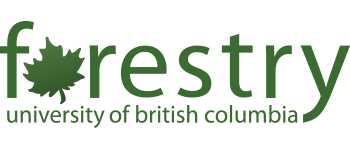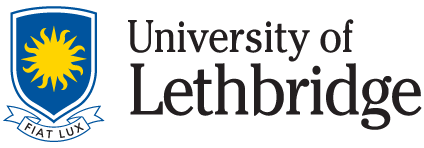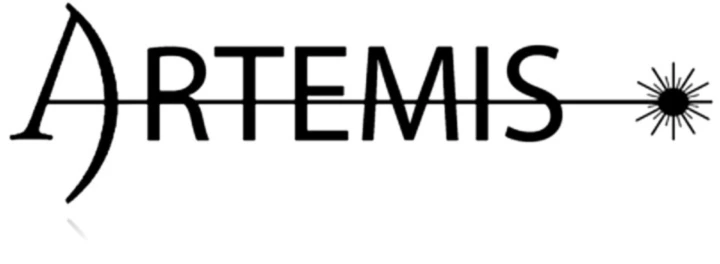Research
MSc. Research – Ecosystem linkages at tributary junctions
University of British Columbia – Vancouver, British Columbia, Canada
September 2016 – Present
At the interface of two stream ecosystems comes a sudden change of physical properties such as discharge, bed substrate, and channel morphology. These changes allow for a vast increase in habitat heterogeneity, often leading to increased biodiversity, potentially creating biological hotspots along a main stem river. I am primarily interested in understanding how tributary stream power affects the receiving channel substrate and what the resulting impacts are on the invertebrate communities. Being able to understand these driving mechanisms may provide insight into which tributaries are disproportionately valuable in maintaining biological hotspots along a receiving channel. Furthermore, we may be able to understand the effects of upstream disturbances on these habitats and the communities within.

ADVISOR: DR. JOHN RICHARDSON
STREAM AND RIPARIAN RESEARCH LABORATORY
FACULTY OF FORESTRY
UNIVERSITY OF BRITISH COLUMBIA
2329 WEST MALL
VANCOUVER, BC V6T 1Z4
Honour’s Research – Cross-ecosystem resource subsidies in large grassland rivers: do physical processes control terrestrial-aquatic coupling?
University of Lethbridge – Lethbridge, Alberta, Canada
September 2015 – Present
Rivers and adjacent riparian ecosystems are connected by a suite of complex physical and biological interactions. In headwater streams, riparian forests contribute terrestrially-derived organic matter in the form of leaf and needle litter to streams; this organic matter acts as a form of trophic subsidization to the aquatic food web. In higher-order streams, however, the contribution of terrestrial leaf litter is often disregarded because of the low proportion of channel margin (and thus potential canopy contributions of leaf litter) relative to stream width. Furthermore, any leaf litter that does enter the stream boundary may be readily exported as bed substrate or flow conditions may not be conducive for retention of leaf litter for subsequent breakdown. The purpose of this project is to analyze these limitations by viewing them as a series of filters. We hypothesize that there are numerous physical and biological factors — for example, leaf morphology and wind — that influence the degree to which these limitations act on riparian-stream coupling.

ADVISOR: DR. TRENT HOOVER
UNIVERSITY OF LETHBRIDGE
4401 UNIVERSITY DR W
LETHBRIDGE, AB T1K 6T5
Research Assistant – ARTeMIS Laboratory
University of Lethbridge – Lethbridge, Alberta, Canada
January 2015 – May 2015
Many watersheds, including those in southern Alberta, originate in the headwaters of mountainous regions and end up supplying water for personal consumption, agriculture production, and industrial use. In these areas, a large supply of the water is derived from the melt of snowpack accumulated over winter seasons. Because of this, the snowpack is highly valued and being able to accurately understand processes and monitor snowpack status is becoming of increasing importance as water stresses become more prevalent in society. The goal of this project was to analyze airborne laser altimetry data to determine the spatial distribution of snow depth across various environmental strata including elevation, slope, aspect, and canopy fractional cover.

ADVISOR: DR. CHRISTOPHER HOPKINSON
ARTEMIS LAB
UNIVERSITY OF LETHBRIDGE
4401 UNIVERSITY DR W
LETHBRIDGE, AB T1K 6T5
Research Assistant – Watershed Evaluation of Best Management Practices (WEBs) Project
Agriculture and Agri-Food Canada (AAFC) – Lethbridge, Alberta, Canada
Summers of 2012/2013
Increasing demand for agricultural production is undoubtedly putting more stress on our streams and watersheds. Runoff and physical disturbance from cattle production heavily impacts the nutrient cycling, bacterial and invertebrate communities, channel morphology, bank stability, and soil compaction. WEBs is an initiative from the Government of Canada to analyze these impacts and study potential management alternatives, such as off-stream watering troughs and riparian buffer strips, to reduce cattle pressure on local waterways. Throughout my time at AAFC, I worked alongside Dr. Jim Miller as a research assistant and helped collect field data, run experiments, and process lab samples in a variety of observational and experimental studies.

LEAD SCIENTIST: DR. JIM MILLER
WEBS PROJECT
AGRICULTURE AND AGRI-FOOD CANADA
5403 1ST AVENUE SOUTH
LETHBRIDGE, ALBERTA
T1J 4B1